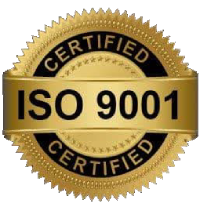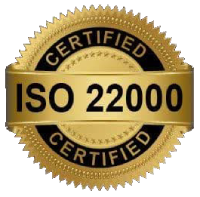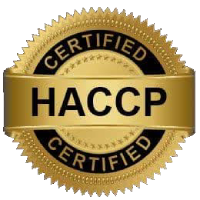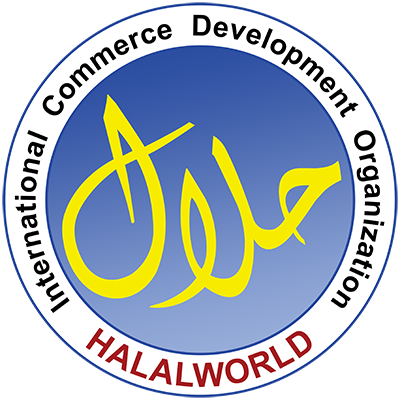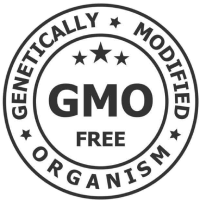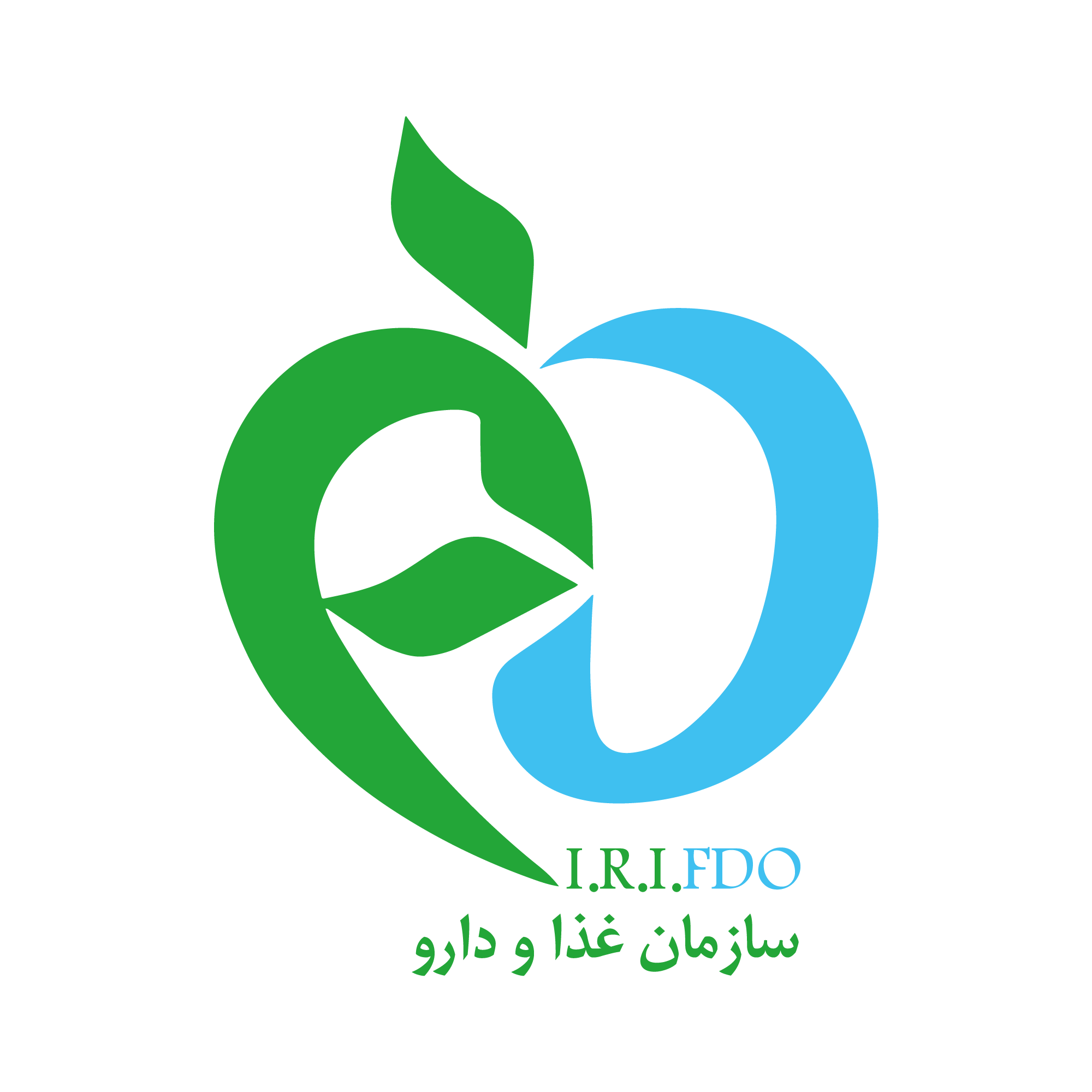-
1
Types of Packaging for Exported Tomato Paste
- 1.1 General Classification of Tomato Paste Packaging for Export
- 1.2 Metal Cans: Description and Functionality
- 1.3 Advantages:
- 1.4 Disadvantages:
- 1.5 Suitable Markets:
- 1.6 Glass Packaging: Description and Functionality
- 1.7 Advantages:
- 1.8 Disadvantages:
- 1.9 Suitable Markets:
- 1.10 Laminated Tubes and Other Flexible Packaging (Pouches and Laminates):
- 1.11 Advantages:
- 1.12 Disadvantages:
- 1.13 Suitable Markets:
- 1.14 Retort Pouches (Retortable Pouches):
- 1.15 Advantages:
- 1.16 Disadvantages:
- 1.17 Suitable Markets:
- 1.18 Plastic and PET/HDPE Packaging with Aluminum Coatings:
- 1.19 Advantages:
- 1.20 Disadvantages:
- 1.21 Suitable Markets:
- 1.22 General Tips for Choosing Export Packaging
- 1.23 Packaging Standards & Regulatory Compliance for Export
- 1.24 Practical Tips for Decision-Making and Implementation
- 1.25 Practical Examples and Application Recommendations
- 1.26 Summary:
Types of Packaging for Exported Tomato Paste
The Critical Role of Packaging in Tomato Paste Export Success
Packaging is one of the decisive factors in the success of tomato paste exports. It not only protects the product against light, heat, humidity, and physical shocks but also plays a vital role in attracting consumer attention, expanding sales channels, and aligning with the requirements of the target market.
For export purposes, a combination of food safety, long shelf life, cost-effectiveness, and compliance with food content regulations must be considered. This article, by Geranaz, elaborates on the common types of packaging for tomato paste in export markets, the advantages and disadvantages of each option, and practical tips for selecting the most suitable packaging.

-
General Classification of Tomato Paste Packaging for Export
- Metal Containers: Tinplate or aluminum cans with thin or thick walls, with screw caps or crimped lids.
- Glass Jars: Transparent or opaque glass jars with metal or plastic lids.
- Flexible Laminated Packaging: Laminated tubes, stand-up pouches, and flexible sachets with aluminum/polymer layers.
- Flexible Packaging with Retort Technology: RetortPlus pouches and long-term retortable pouches.
- Other Options: Specialized plastic bottles with food-grade barrier layers, hybrid packaging with cardboard boxes.
Further reading: Geranaz Food Industries: Buying bulk aseptic and canned tomato paste from a reputable factory
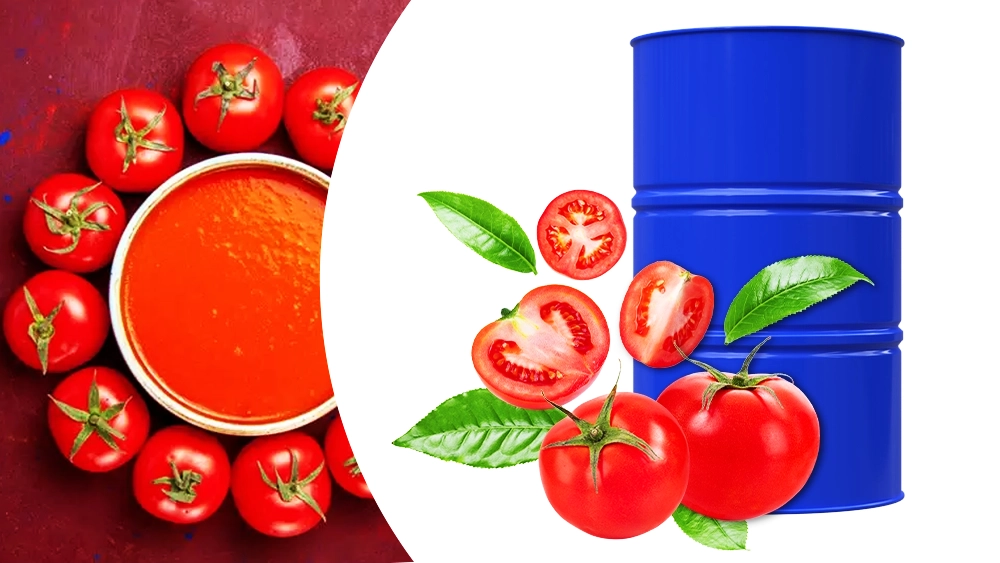
-
Metal Cans: Description and Functionality
- Usually made from aluminum or tinplate, featuring ring-pull or sliding lids. These packages are durable, light-proof, oxygen-impermeable, and allow for long shelf life.
- Suitable for tomato paste with a shelf life of several years under standard conditions (no refrigeration needed).


Advantages:
- Excellent protection against light, oxygen, and physical shocks.
- Long shelf life and suitability for long-distance transportation.
- Full branding potential through surface printing (strong brand presence).
- Capacity to transport large quantities within containers or ships.
Disadvantages:
- Heavier compared to lightweight packaging, increasing transportation costs.
- Potential obsolescence in markets that favor recyclable or eco-friendly packaging.
- Requirement for specialized filling and sealing machinery, which can entail high initial investment.
Suitable Markets:
- Markets favoring premium branding and long-lasting products.
- Exports to Europe, North America, and the Middle East where metal packaging standards are accepted.
-
Glass Packaging: Description and Functionality
- Clear or colored glass jars, typically with metal or plastic lids. Provides a premium appearance and allows visual display of the product’s color and texture.
- Suitable for markets with high sensitivity to taste and texture, and consumers valuing clear product presentation.

Advantages:
- Premium feel and high attractiveness for specific brands.
- Ability to showcase the product clearly for consumers.
- Reusable and easier to recycle in some markets (compared to lightweight plastics).
Disadvantages:
- Heavier weight and higher transportation costs.
- Risk of breakage during transit; requires internal protective packaging and sturdy cartons.
- Concerns regarding food safety standards, such as compliance with mineral content and lead regulations in certain markets.
Suitable Markets:
- European markets and some Asian markets where consumers prioritize premium appearance and experience.
- Family-sized or reputable brands emphasizing product presentation.

-
Laminated Tubes and Other Flexible Packaging (Pouches and Laminates):
- Laminated or latex tubes with aluminum and plastic layers designed to preserve flavor and shelf life. Often used as convenient, lightweight packaging options in certain markets.
- Suitable for thick-textured tomato paste, offered in small or large tubes.
Advantages:
- Lightweight, compact, and cost-effective for transportation.
- Flexible size options and customizable designs.
- Easy to use with caps or nozzles; ideal for household and restaurant consumption.
Disadvantages:
- Less protection against light and oxygen compared to metal or glass; requires multi-layered materials for preservation.
- Potentially higher packaging costs for high-quality laminates to maintain product integrity.
Suitable Markets:
- Asian and Middle Eastern markets seeking portable, lightweight packaging.
- Innovative brands aiming to enhance consumer experience during opening and usage.
-
Retort Pouches (Retortable Pouches):
- Flexible pouches with aluminum layers and polymer-plastic structures capable of sterilization or retort processing. Designed for ready-to-eat tomato paste, allowing storage at room temperature post-processing.
Advantages:
- Excellent weight-to-volume ratio, reducing transportation and energy costs.
- Good resistance to deformation and folding during transit.
- Printable surface for branding and attractive designs.
Disadvantages:
- Requires specialized retort or sterilization systems in production lines, entailing investment costs.
- Lower protection against light and harsh handling compared to metal or glass.
Suitable Markets:
- Markets with high demand for affordable, high-turnover products—especially Middle East, Asia, and Latin America.
- Export strategies emphasizing reduced total package weight and shipping costs.
-
Plastic and PET/HDPE Packaging with Aluminum Coatings:
- Plastic bottles with multi-layer or aluminum-coated barriers to protect the product. Sometimes used for thinner tomato paste textures or for quick consumer access.
Advantages:
- Lightweight and resistant to contamination and breakage.
- Designed for easy pouring and dispensing.
Disadvantages:
- Environmental concerns related to plastic waste and compliance with sustainability regulations.
- Some markets restrict migration of plastic components into food products.
Suitable Markets:
- Markets focused on low-cost, easily accessible packaging—particularly in some Asian and African regions.
-
General Tips for Choosing Export Packaging
- Shelf Life and Storage Conditions: Packaging must withstand transportation conditions (cold weather, rough roads, temperature fluctuations) and preserve product quality over time.
- Market Preferences: Different markets have specific preferences: Europe favors returnable and food-safe packaging; the US emphasizes regulatory compliance and labeling; Middle Eastern markets require heat and light-resistant packaging; Asian markets often prioritize cost and customization.
- Safety Regulations & Standards: Materials in contact with food must be approved, migration limits observed (EU Regulation 1935/2004, FDA standards), and labels must include production and expiry dates, lot codes, ingredients, and origin.
- Branding and Labeling: Sufficient space for logos, product details, ingredients, manufacturing and expiry dates, and other legal info. Design and colors should align with cultural preferences.
- Recyclability & Sustainability: Eco-friendly packaging enhances brand value and meets consumer demand for sustainability.
- Cost & Supply Chain: Packaging weight, volume, and machinery requirements directly impact costs and lead times. Choose options compatible with production budgets, shipping, and warehousing conditions.
- Design for International Transport: Packaging must withstand handling during global transit and allow long-term storage in customs warehouses and distribution centers.
-
Packaging Standards & Regulatory Compliance for Export
- Food Contact Materials: Use of safe materials with no harmful migration.
- Food Safety Standards: HACCP, ISO 22000, or other recognized food safety management systems.
- Labeling Requirements:
- European Union: Consumer protection laws covering ingredients, net weight, production/expiry dates, language requirements, and translations.
- USA (FDA & CFR): Food labeling, contact material declarations, nutritional info.
- Middle Eastern & Asian Countries: Local language labels, measurement units, emphasis on production date, origin, and inspection certificates.
- Sustainability & Recycling Regulations: Compliance with waste management, recyclability, and plastic usage limits.
- Export Certificates: Health certificates, origin certificates, quality inspection documents, and any other certifications recognized in the target market.
-
Practical Tips for Decision-Making and Implementation
- Market Analysis: Conduct detailed research on target markets’ preferences, pricing ranges, brand strength, consumption habits, and packaging trends before choosing packaging.
- Durability Testing: Perform shock, vibration, temperature, and humidity tests under realistic transport conditions to ensure packaging resilience.
- Total Cost of Ownership (TCO): Calculate the full costs, including packaging, filling, sealing, transportation, storage, and breakage risks.
- Regulatory Compatibility: Collaborate with legal and standards experts to ensure packaging complies with market-specific food contact regulations.
- Brand Strategy Alignment: Design packaging that reflects your branding strategy—color schemes, logos, messaging—to attract consumers.
- User Experience: Prefer user-friendly designs—secure caps, easy pouring, simple opening mechanisms.
- Sustainability Strategy: Use recyclable, minimal, and eco-friendly materials to enhance brand image and meet market expectations.
-
Practical Examples and Application Recommendations
- Europe: Metal or glass cans (320–720 ml) for long shelf life; bilingual labels with local language and recipes; conform to strict food standards.
- Middle East & Africa: Lightweight, durable packaging with cost-effective options like retort pouches or laminated tubes for limited shelf space and transportation savings.
- North America: Metal or glass packaging with branding, production, and expiry dates, with labels in English (and French in Canada); focus on longevity and safety.
- Asia & Oceania: Diverse options from metal cans to laminated tubes, tailored to distribution channels—hypermarkets, local supermarkets, restaurants—emphasizing lightweight and easy handling.
Summary:
No single packaging solution fits all markets for tomato paste exports. The optimal choice depends on market-specific needs, product features, legal requirements, logistical considerations, and branding strategies.
It is recommended to work closely with production technology teams and sales/marketing departments to select packaging that meets shelf life, safety, and consumer preferences.
Additionally, conducting quality tests and ensuring compliance with international standards, coupled with attractive packaging design, can significantly enhance export success.





